Do you enjoy stories about valiant warriors and spirits restlessly wandering through the night? You do?? Then, you can’t skip this tale..
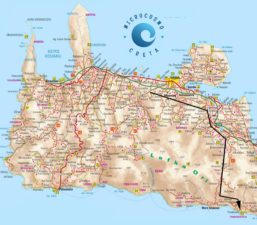
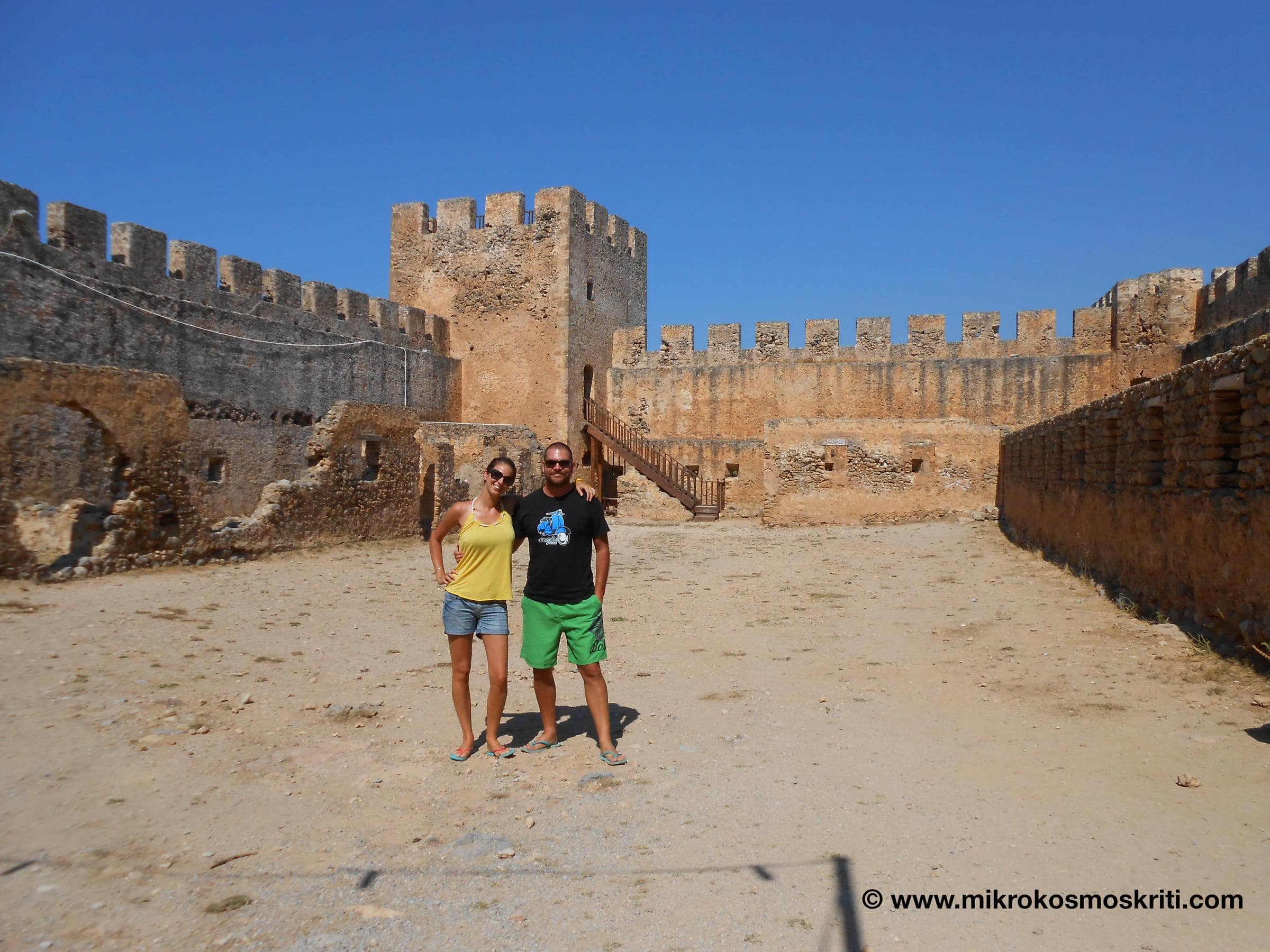
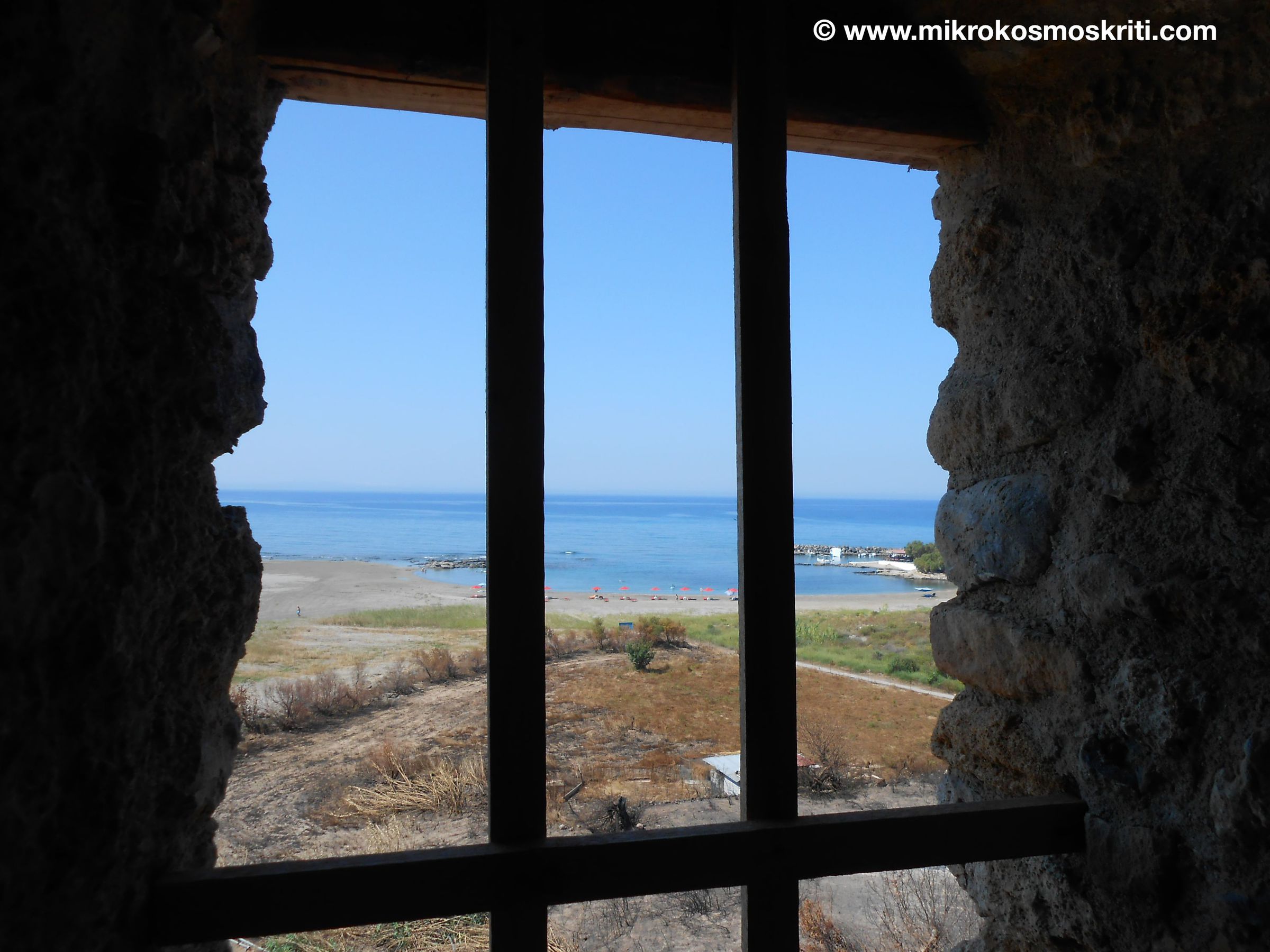
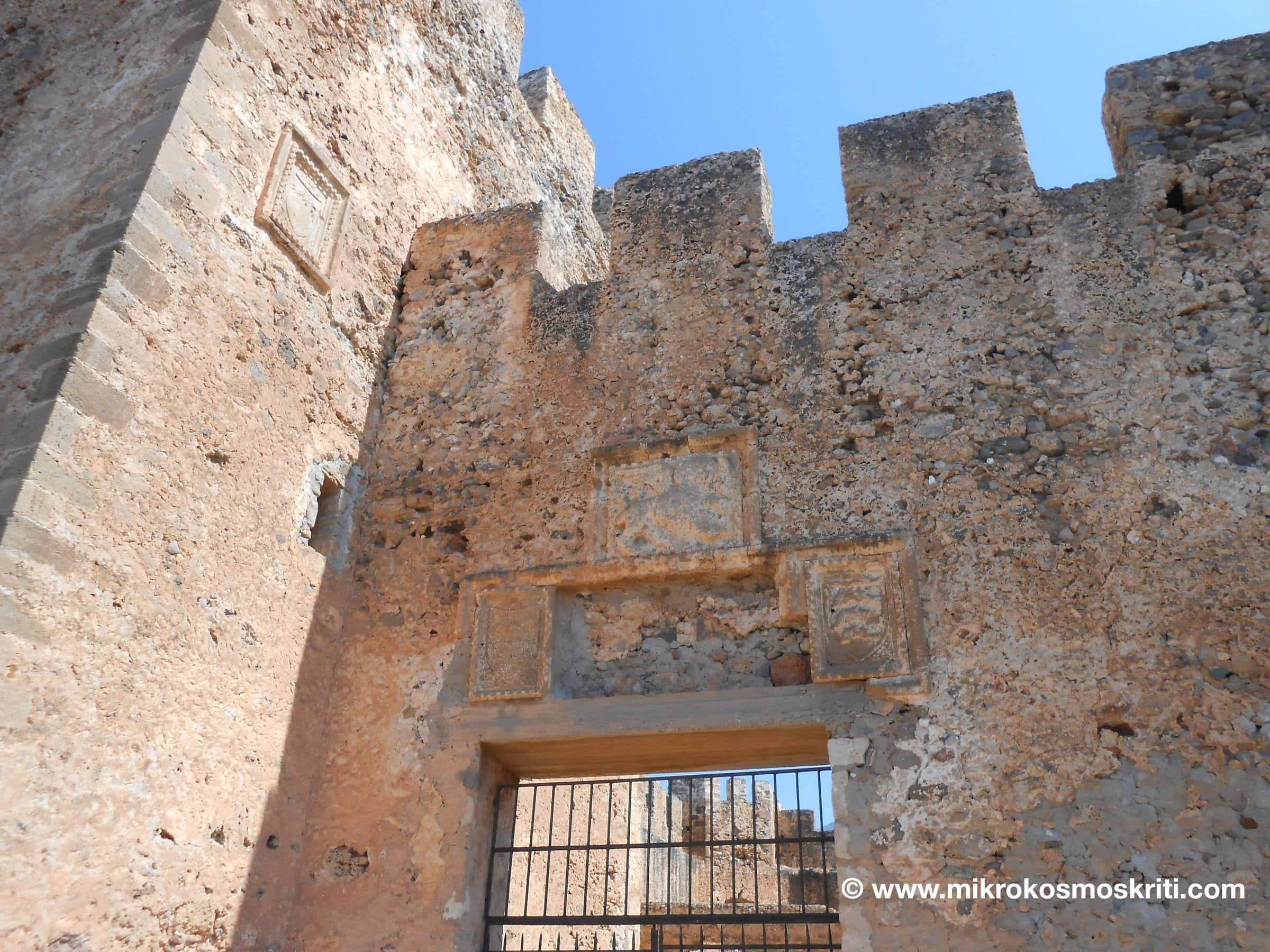
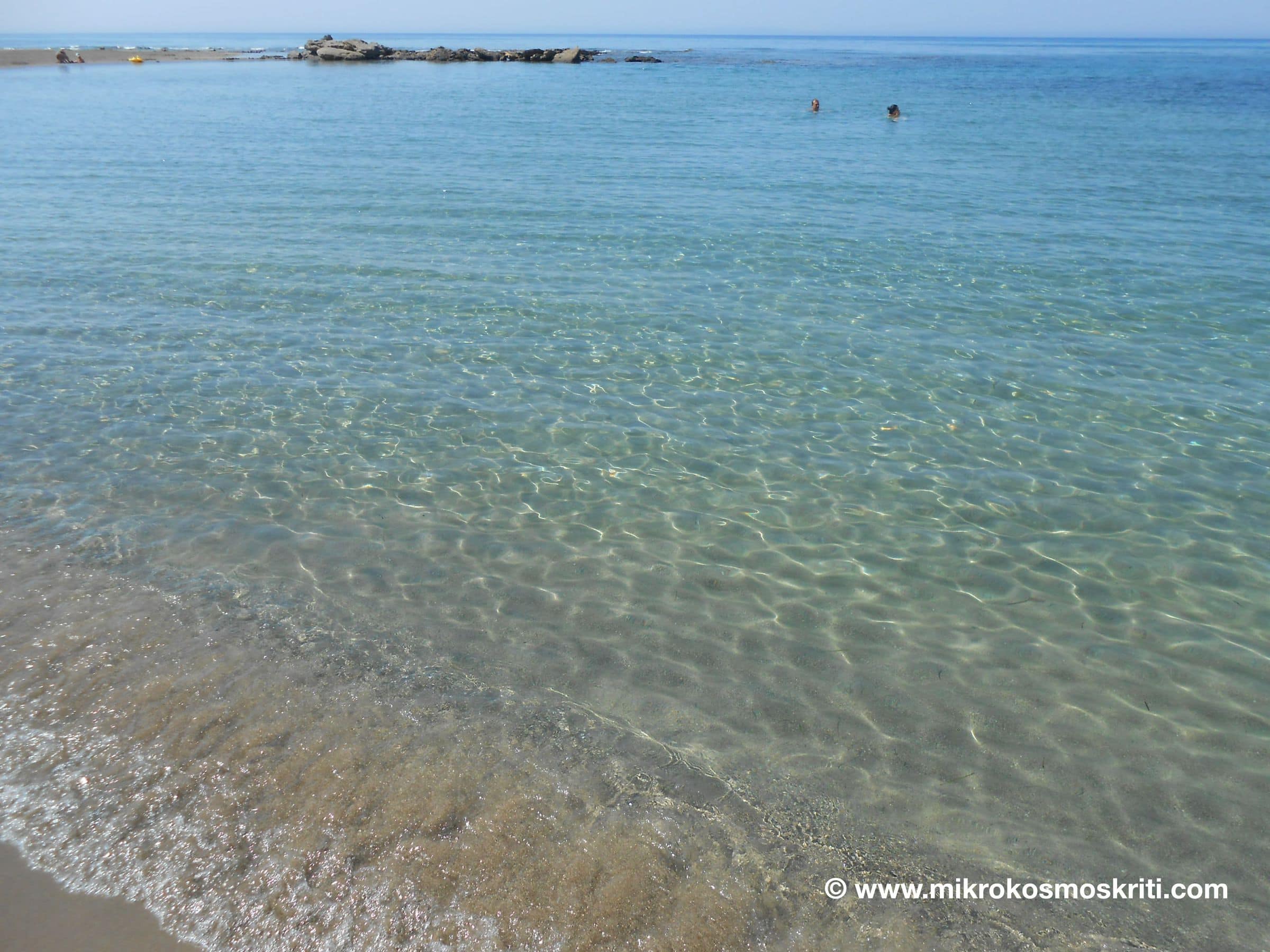
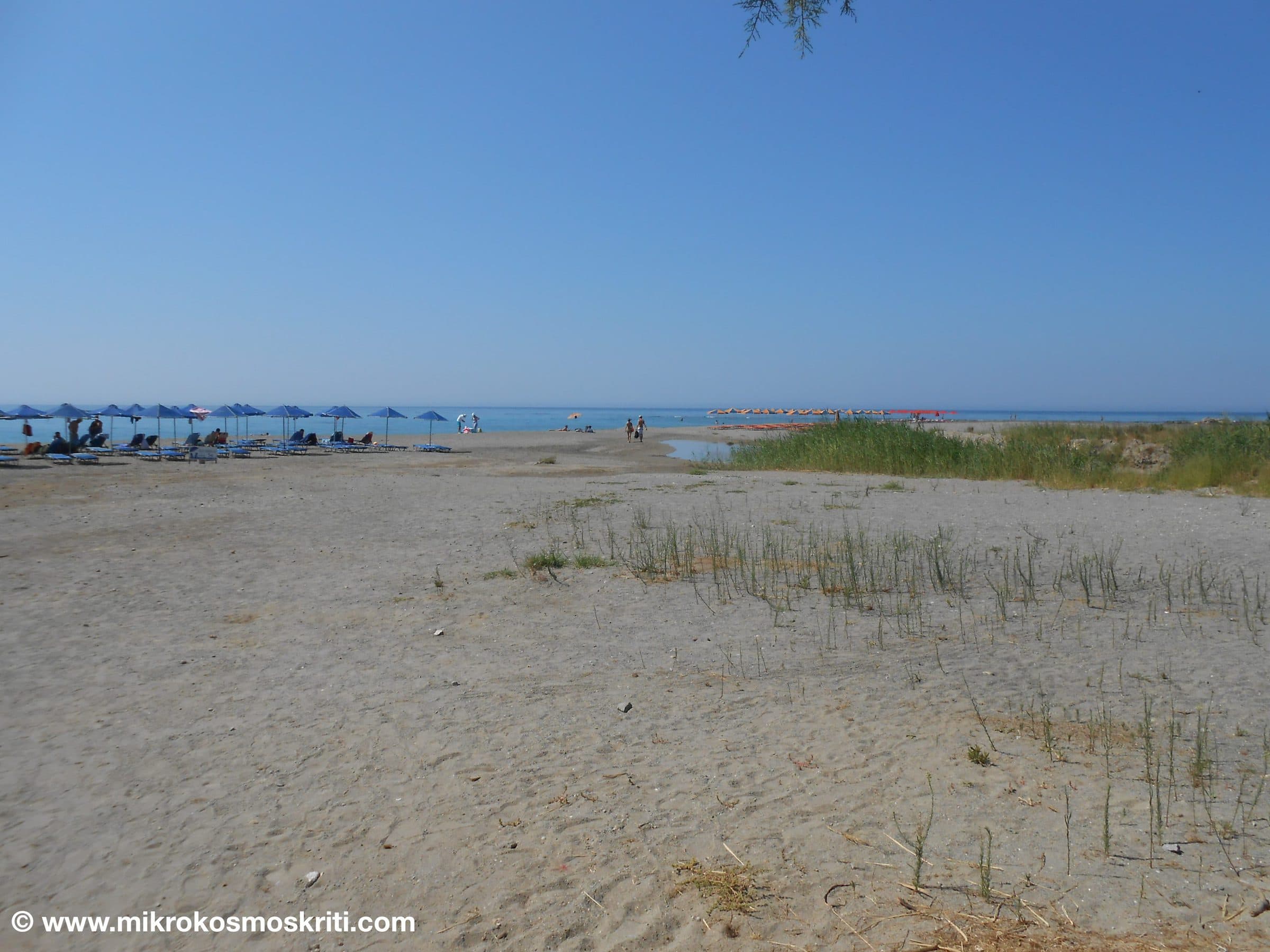
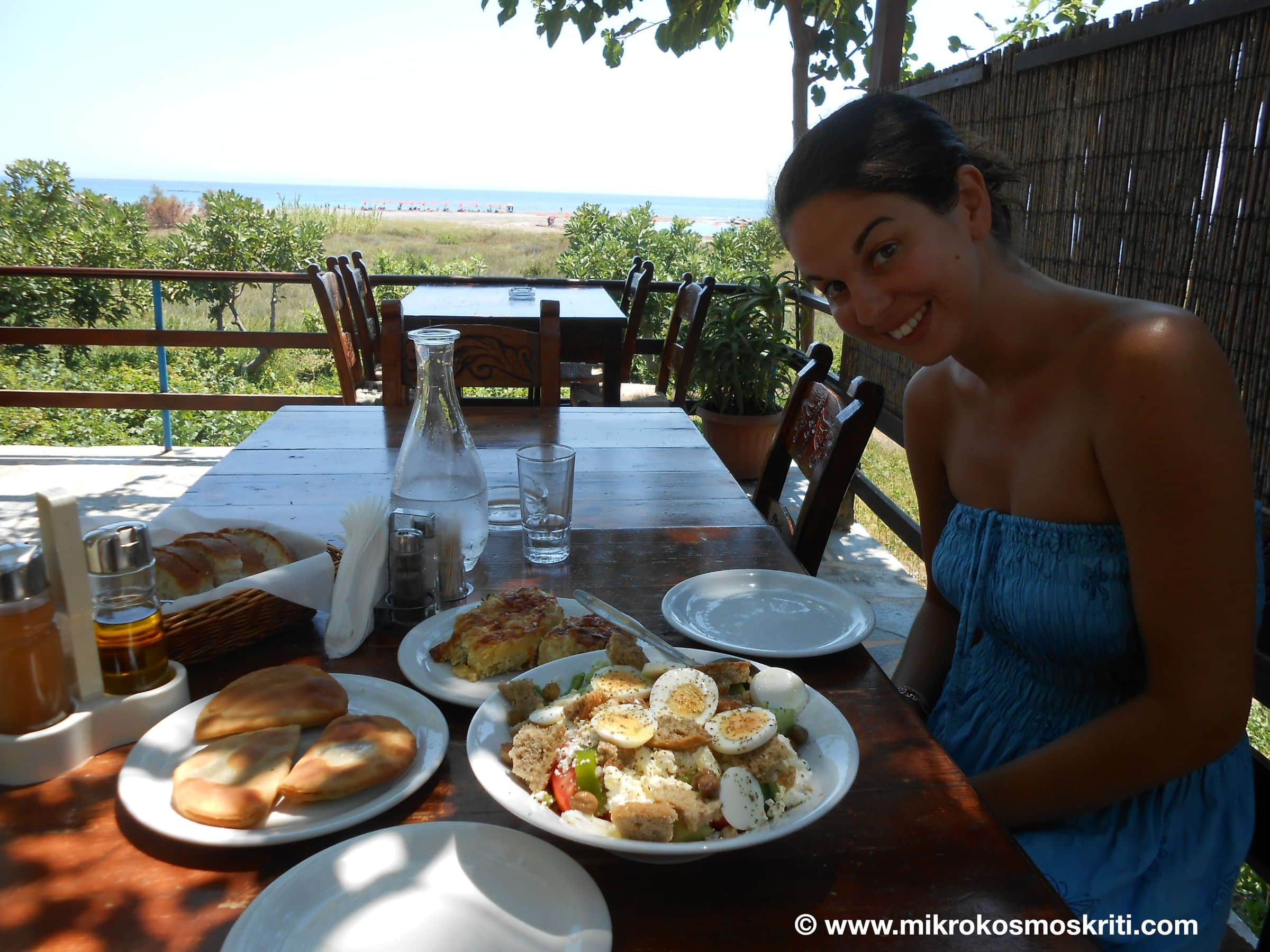
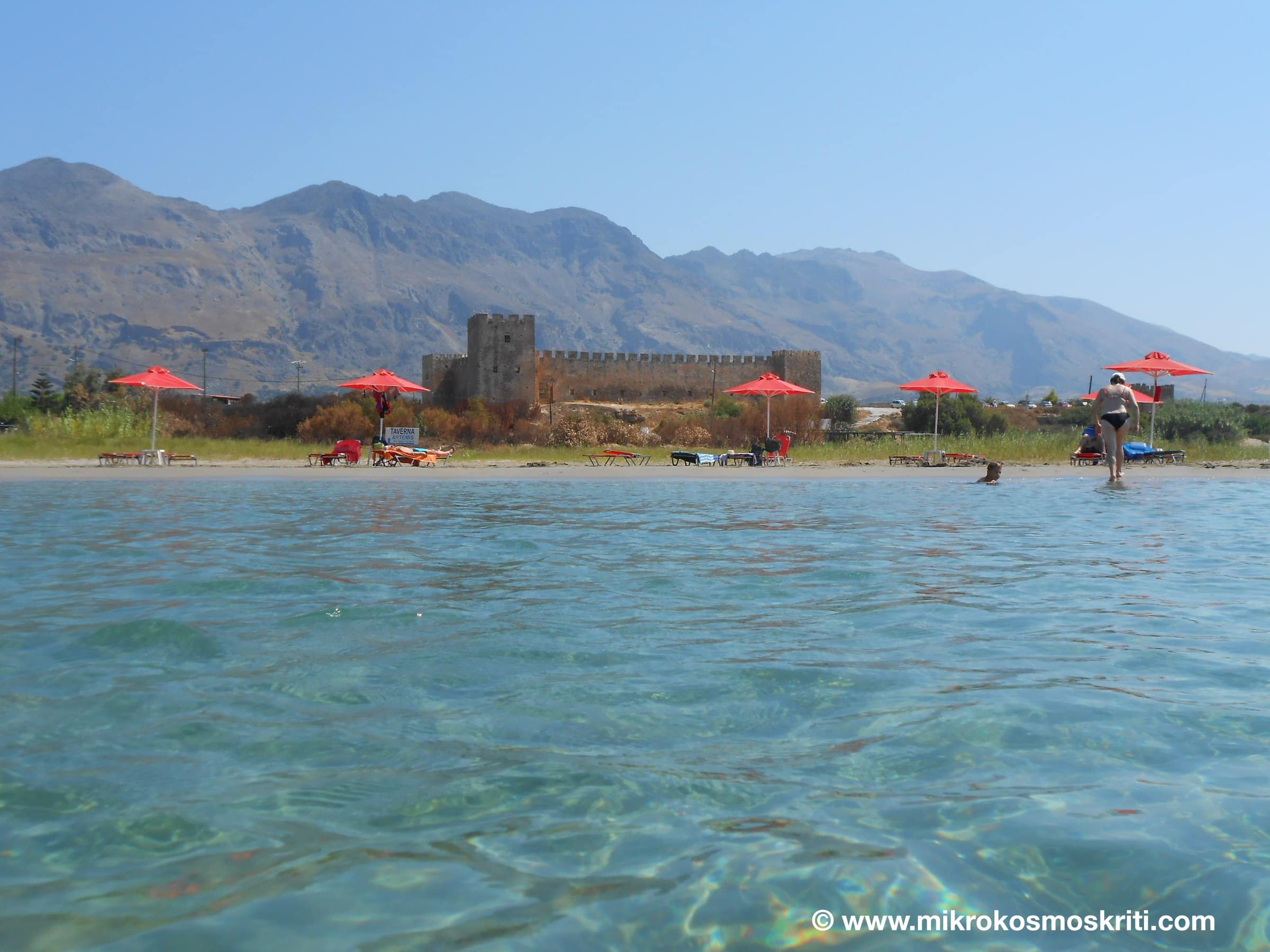
Do you enjoy stories about valiant warriors and spirits restlessly wandering through the night? You do?? Then, you can’t skip this tale..








Once again we are here to talk about Akrotiri, that is the rugged and isolated peninsula where Chania airport is located. As already mentioned in the past, the first time we came to Crete we gave the cold shoulder to this area, to all appearances rough, barren and uninteresting. As time passes, we actually found out new gems showing us this steep tip of the island in all its beauty, a really magical area…
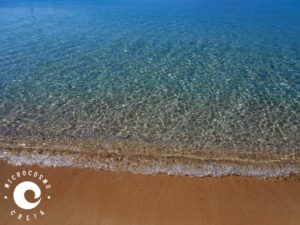
Being a few kilometres distant from each other, we decided to visit them both on the same day. In the morning, we sunbathed in the peaceful Marathi, divided into two sandy bays by a small marina. Like most of Cretan beaches, this one has also an area with full facilities and a free one, as well as cafes and taverns with sea view. 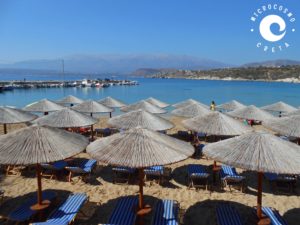
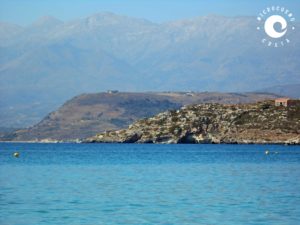
The morning in Marathi moved lazy and relaxing, and after a quick sandwich, we decided to reach the arms of its little sister, Loutraki. The name itself, “Loutraki”, (“small bath”) predicts what we will find. 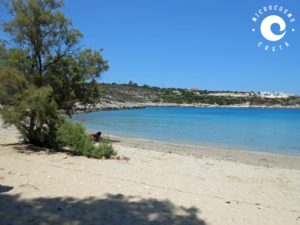
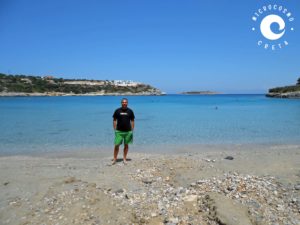
We had heard about a joint in Chania where they serve fresh fish in a casual environment…we had to try it! The tavern is located in one the main streets of the town, Daskalogianni, in the neighbourhood of Splantzià, very much loved by Chania residents. It’s called “To Maridaki ”and itis now one of the restaurants that we recommend to our guests! 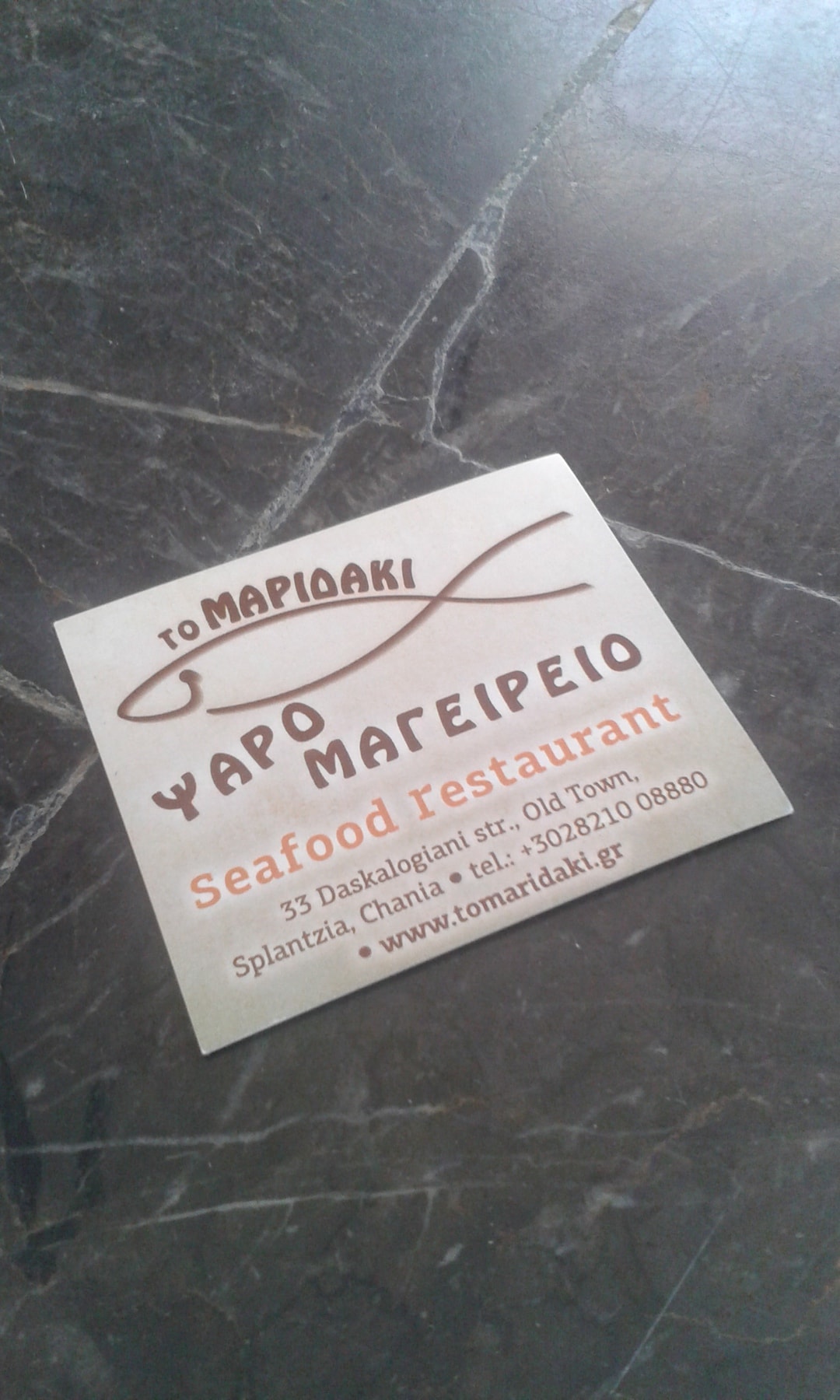

Are we making your mouth watering? It’s just few hours by plane, think about it ;-)…
Those who follow us on Facebook have already been able to look at some pictures anticipating this post, because, as you already know, we love to arouse your curiosity and keep you in suspense!
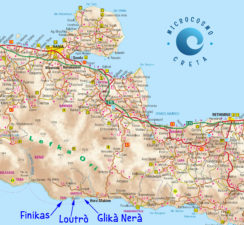
The first village we reached was Hòra Sfakìon (or Sfakià), where we parked the car for the whole day, since it wasn’t needed any longer…
Sure enough, this coastal area of Crete boasts some of the wildest, most secluded and difficult to access beaches in the island, featured by an unquestioned and unspoilt beauty!
The first one we arrived to was Glykà Nerà, beautiful and much praised bay, accessible only by sea or by foot. From Sfakia, we took the 10.15am boat to Loutro, following the directions of the boatman himself, an attractive and authentic Greek man, with a ponytail, pitch black beard and a vest too tight to be able to contain the culinary habits of an obvious good eater!
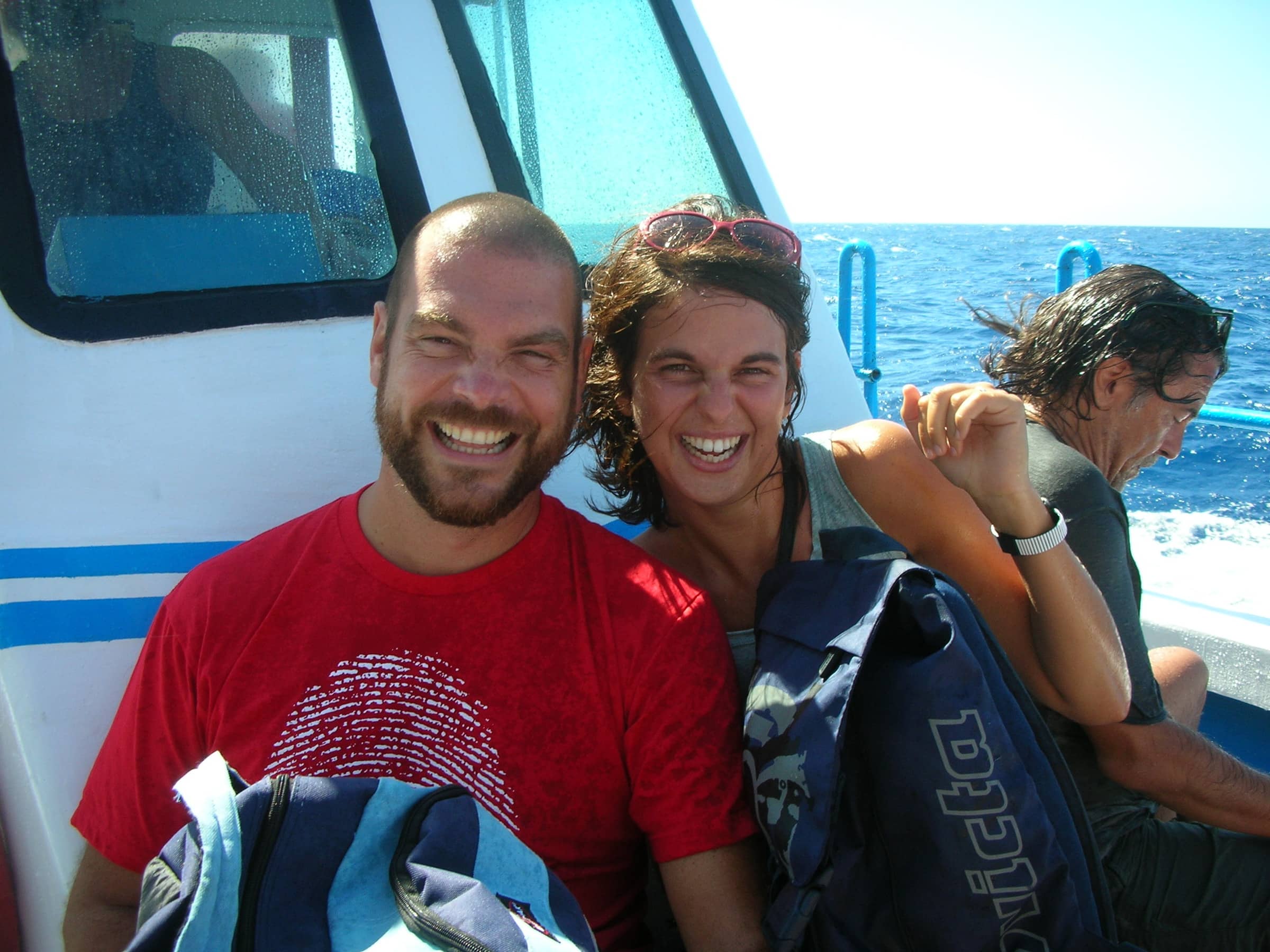
In any case, getting close to that wonder and enjoying the spectacle of the nature helped us forgot the salt shower of a minute before. A high and impressive rocky side of Lefka Ori (White Mountains) is the background to a narrow strip of pebbles that ends in blue and emerald and unbelievably clear waters!
We didn’t think it twice and, after descending to the tiny pier/floating boat, we laid down our towels and enjoyed an amazing swim! The environment was very relaxing and the people hanging out there were certainly eccentric and colourful. We saw youngsters with tents pitched on the sand and laundry hanging out under the sun, hikers in their bathing suits coming down from the mountain wearing their trekking shoes and huge backpacks, and, of course, there were naturists! Everything was very exciting! We would have stayed there all day people-watching!
But back to us, as we haven’t told you a very important thing, that is why this place is called Glyka Nera, which means “sweet waters”. Well, the name comes from the fresh sweet waters that, straight from an underground spring, flow among the pebbles of the beach and end into the sea! Strolling around, you can actually notice these puddles among the stones, and in the middle you can see the gush of totally drinkable water spurting out from the ground. It is for this reason that it’s been installed a shower, working thanks to a solar panel, which gives to the bathers the precious liquid for drinking or simply rinsing the sea salt away.
After a relaxing couple of hours and a last gaze to this little heaven, we left Glyka Nera. Jumping on the famous Delfini boat, we reached the village of Loutro in about 10 minutes.
What’s the best way to describe the poetry and the magic surrounding this marina isolated from the rest of the world? It’s not easy, as it needs to be seen in order to be understood. Located on a half-moon shaped bay, the village consists of no more than 20 or 30 buildings, including houses, old community centres and small hotels. The view is amazing, as you can see all these small houses, identical to each other, all white, with the flat roof and the sea-coloured balconies! Do you want to know what Loutro reminds us of? A nativity scene!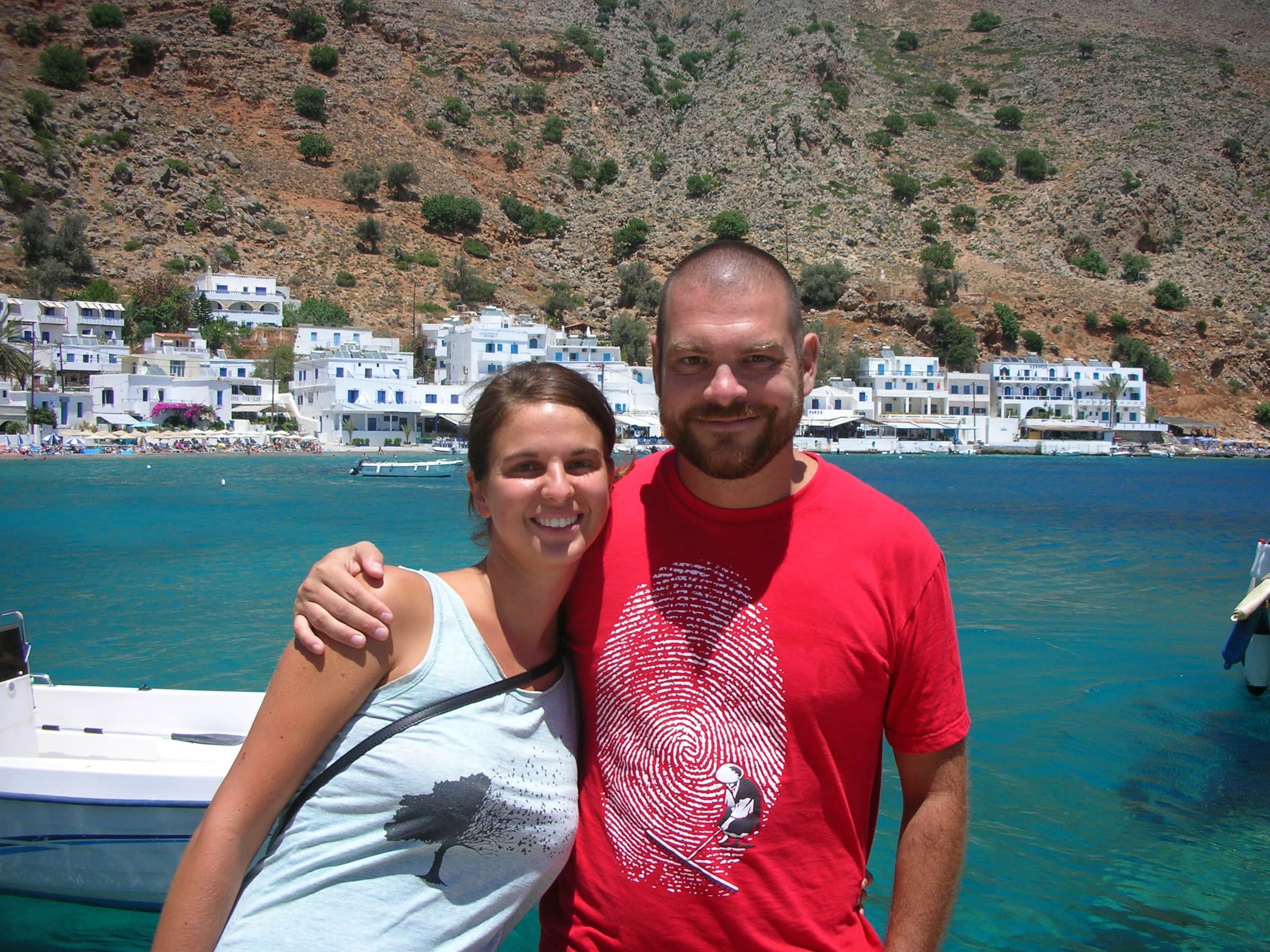
After a delicious lunch in one of the many seafront taverns (13 € for 2 people…itnever ceases to amaze us!), we decided to get to a last destination: Fìnikas (or Finix, or Phoenix).
This time, however, we told ourselves: “Saddle up and go! We walk!”.Clearly a bit nervous and proud, we then took the E4, one of the 11 European long-distancepaths. We had heard about it many times and read many stories, and even today we dream of covering the Cretan route, 500 km from east to west (and sooner or later, we will do it!). For now, we can proudly say to have stepped on it for few kilometres! From Loutro, we passed by the first beach of Finikas (reached in about half an hour) and we arrived at the second one, in another 15 minutes: very rough beach, with rocks and pebbles, a small hotel and a couple of taverns, perfect setting for those who love a wild environment and total isolation (if you don’t mind the goats to keep you company!).
On our way back, definitely in need of a restoring swim, we stopped at the first bay: small, stony, very pretty, with a few white and blue hotels as a backdrop. Despite the freezing water, we swam for few minutes, and then packed our stuff and climbed up the mountain again. Passing once again by the scant but suggestive ruins of the ancient town of Finikas, we slowly headed towards Loutro. Close to the town, we enjoyed for the last time the view from the top and filled ourselves with beauty, before taking the boat to Hora Sfakion and to our car.
How amazing is the south, guys!
Hopefully, we didn’t bore you to death with this long story… but also we hope we have managed to deliver a taste of this charm and a bit of Cretan sun to your houses and offices!
See you soon!
It’s not the first time we talk about the peninsula of Akrotiri on our blog. For example, the time we were at the Seitan Limani beach or “Devil’s harbor”, the beautiful zigzag inlet… do you remember? Or during our trip to the three wonderful monasteries of AgiaTriada, Gouverneto and Katholikò. Well, we have to admit it: the area we considered important only because of the airport has revealed itself to be an unlimited source of beautiful surprises!
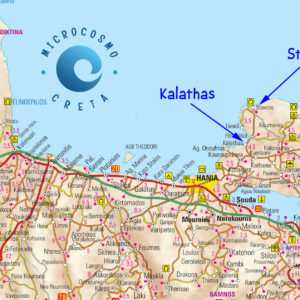
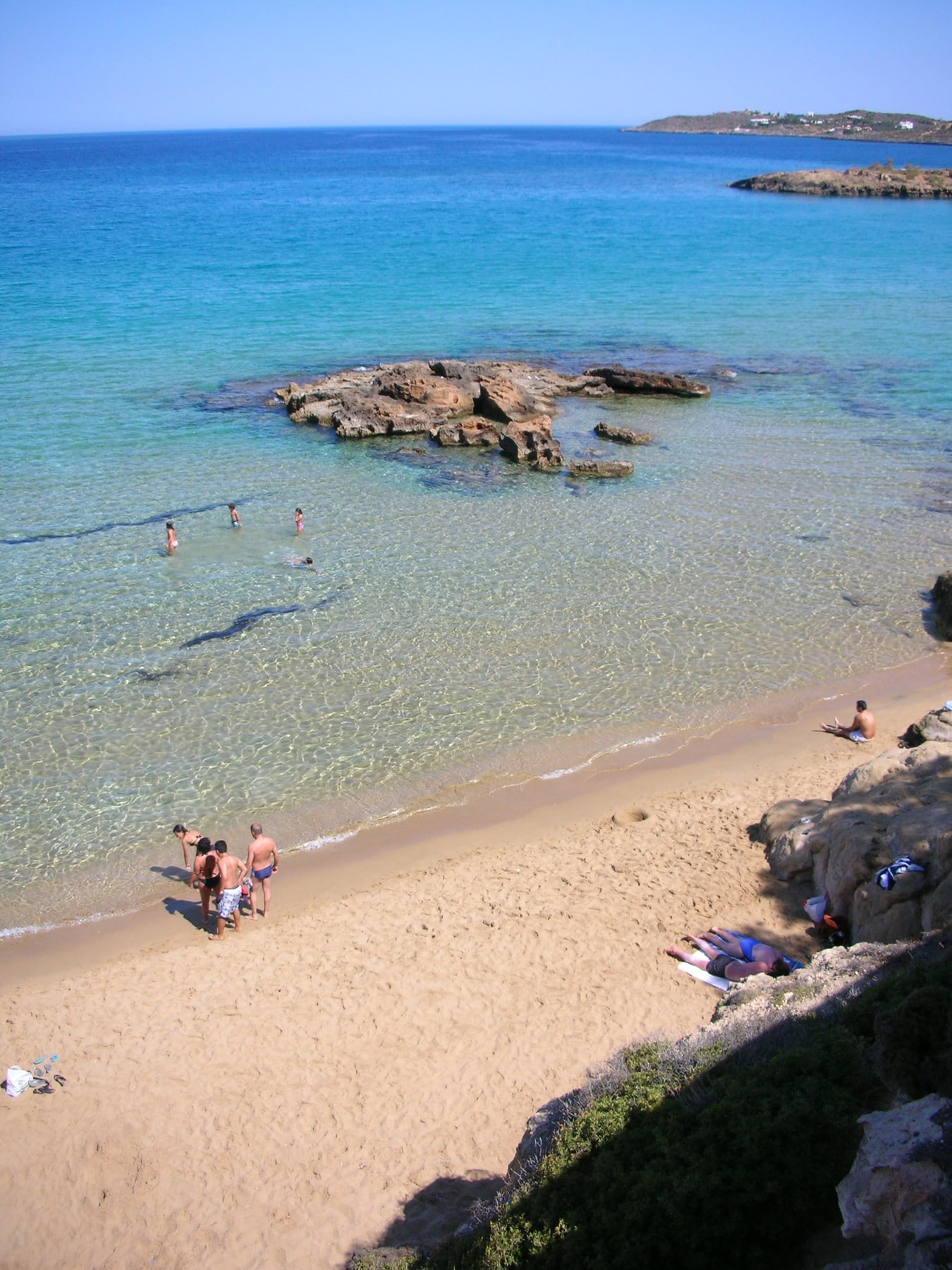
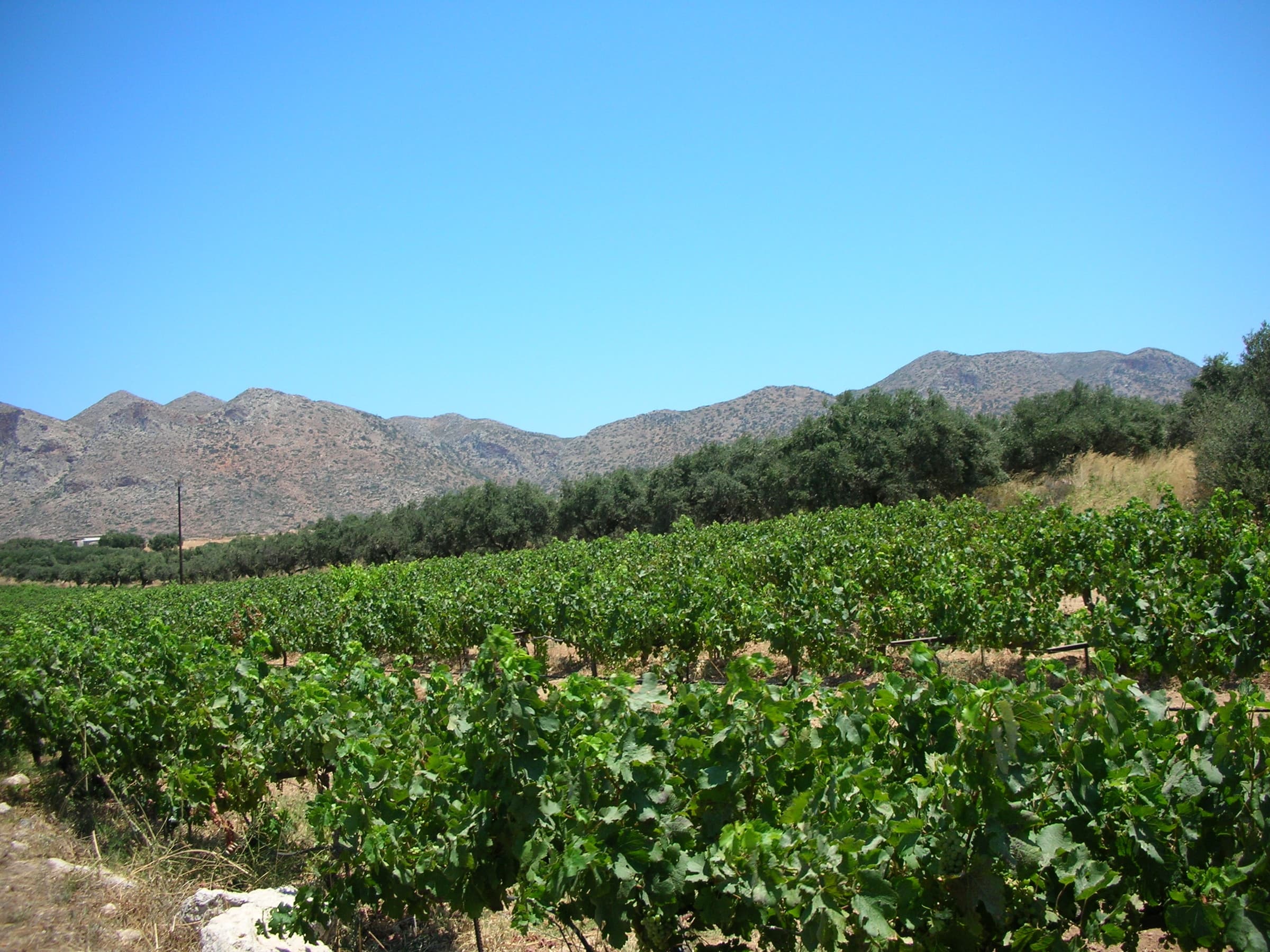
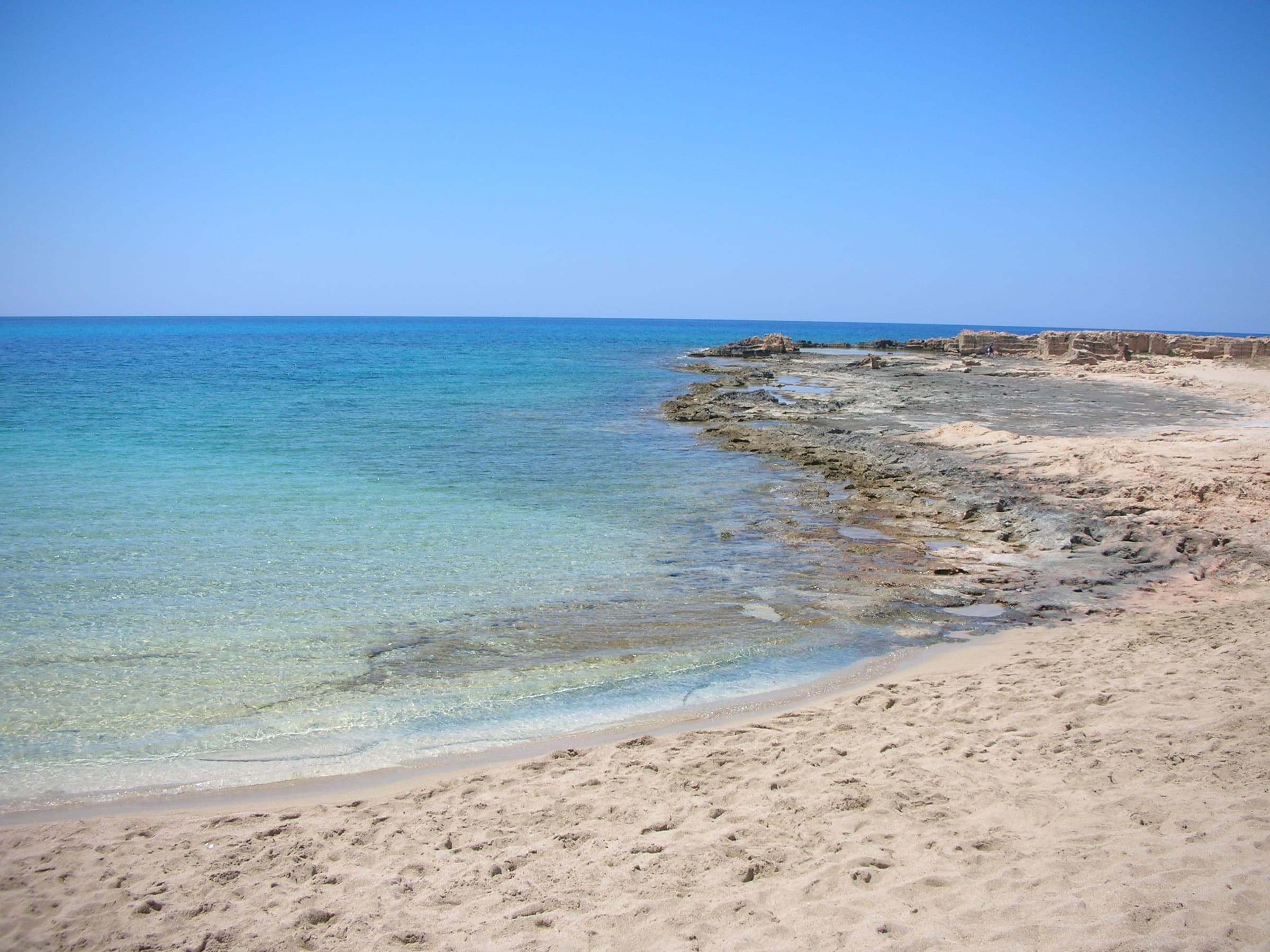
In the middle of the beach there was the Sunset tavern, a wood cabin with the roof made of palm leaves and, listen here people!, the kitchen was set up in an old and wonderful caravan! Oh, we go nuts for this kind of things! The atmosphere of the place was very hippie, like its eclectic owner Malika, a French lady with curly hair and always barefoot! We really liked the place, therefore we took a seat and asked to order food. 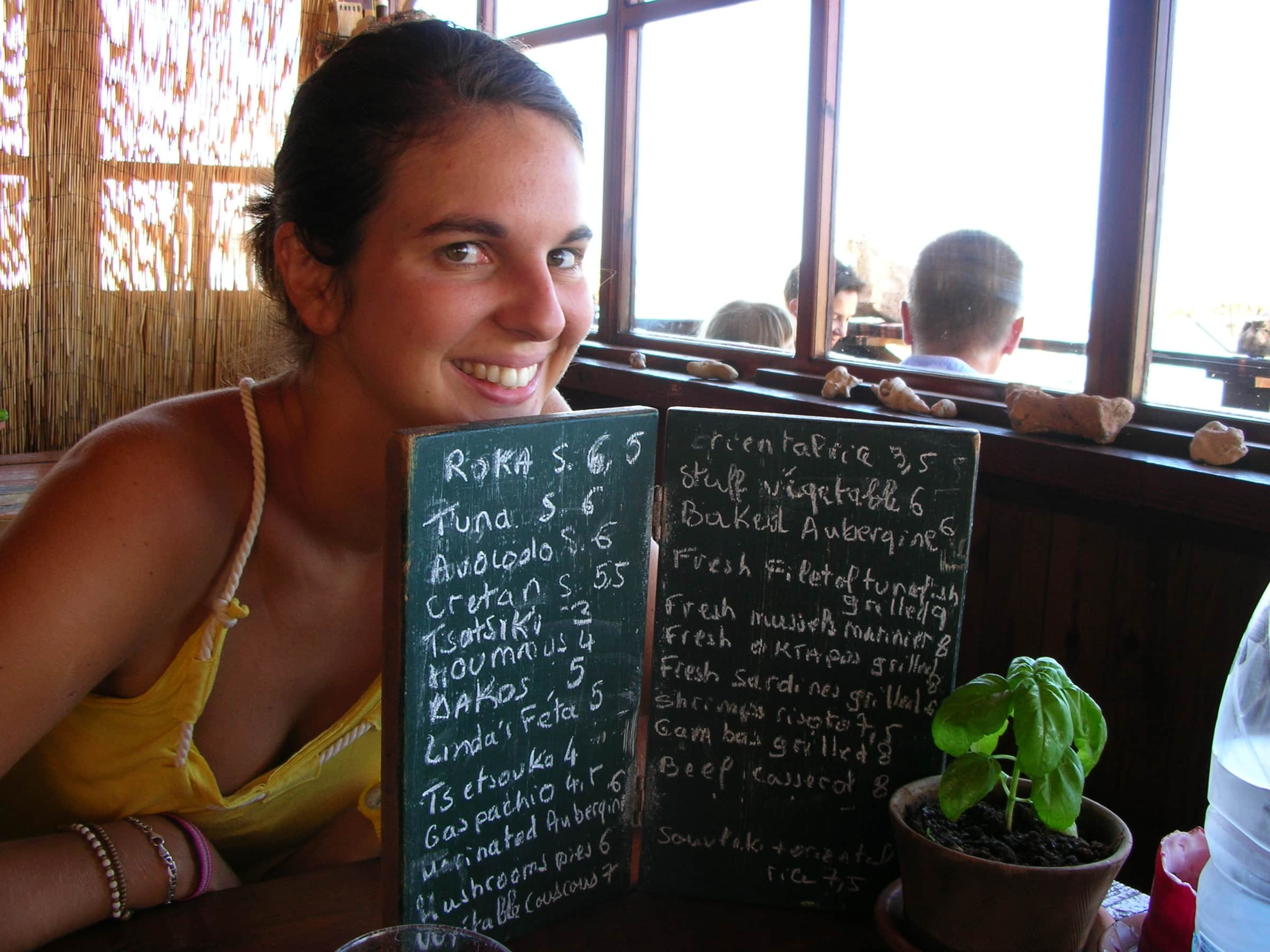
After the pleasant lunch we spent the afternoon chilling at Stavròs beach, enjoying the hot sun of July and the refreshing, transparent waters of this rugged, silent rocky bay… what a dream!
And also this day was over, leaving us with sweet memories… And if you enjoyed our Monday in Akrotiri, leave us a comment!
Talk soon!